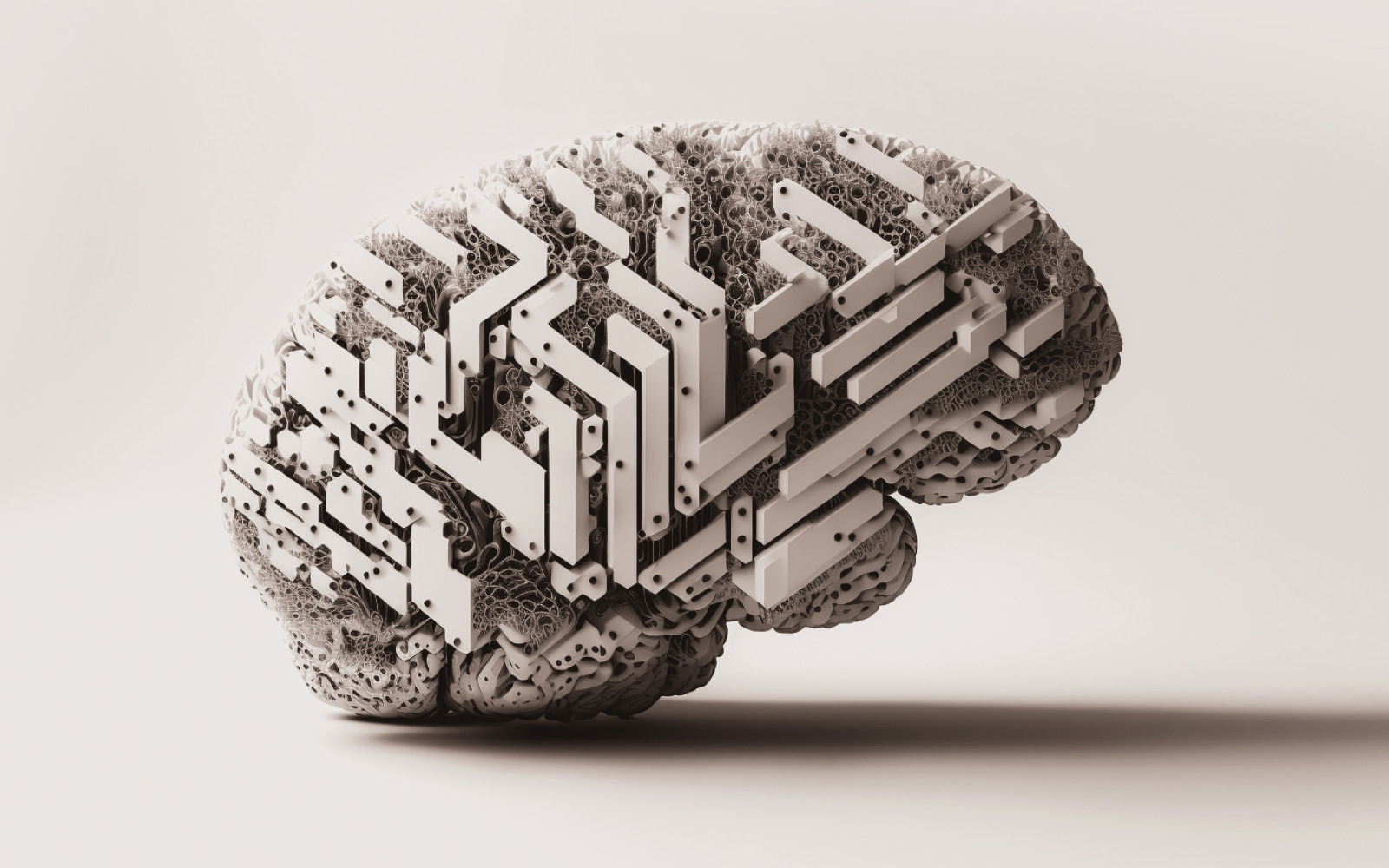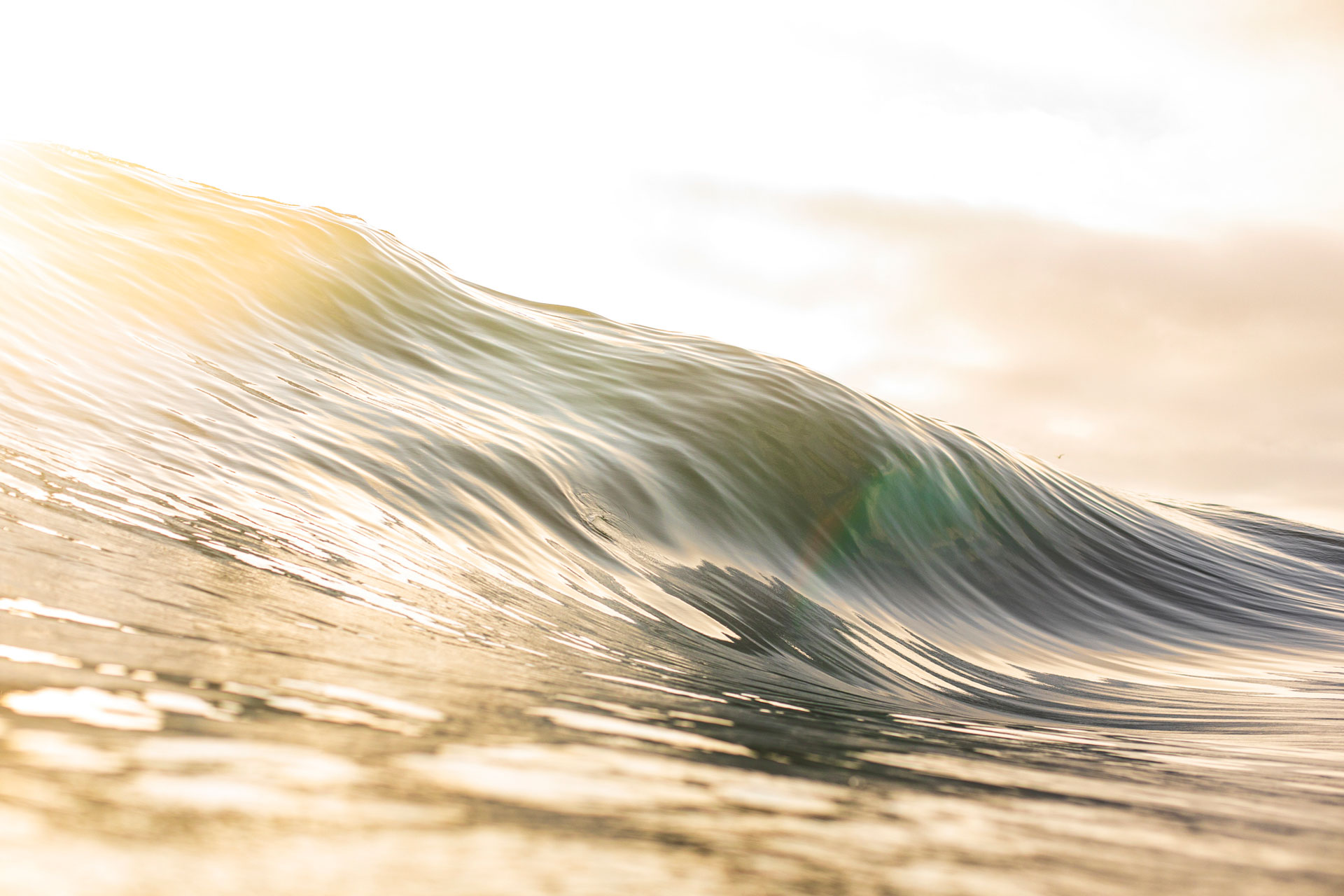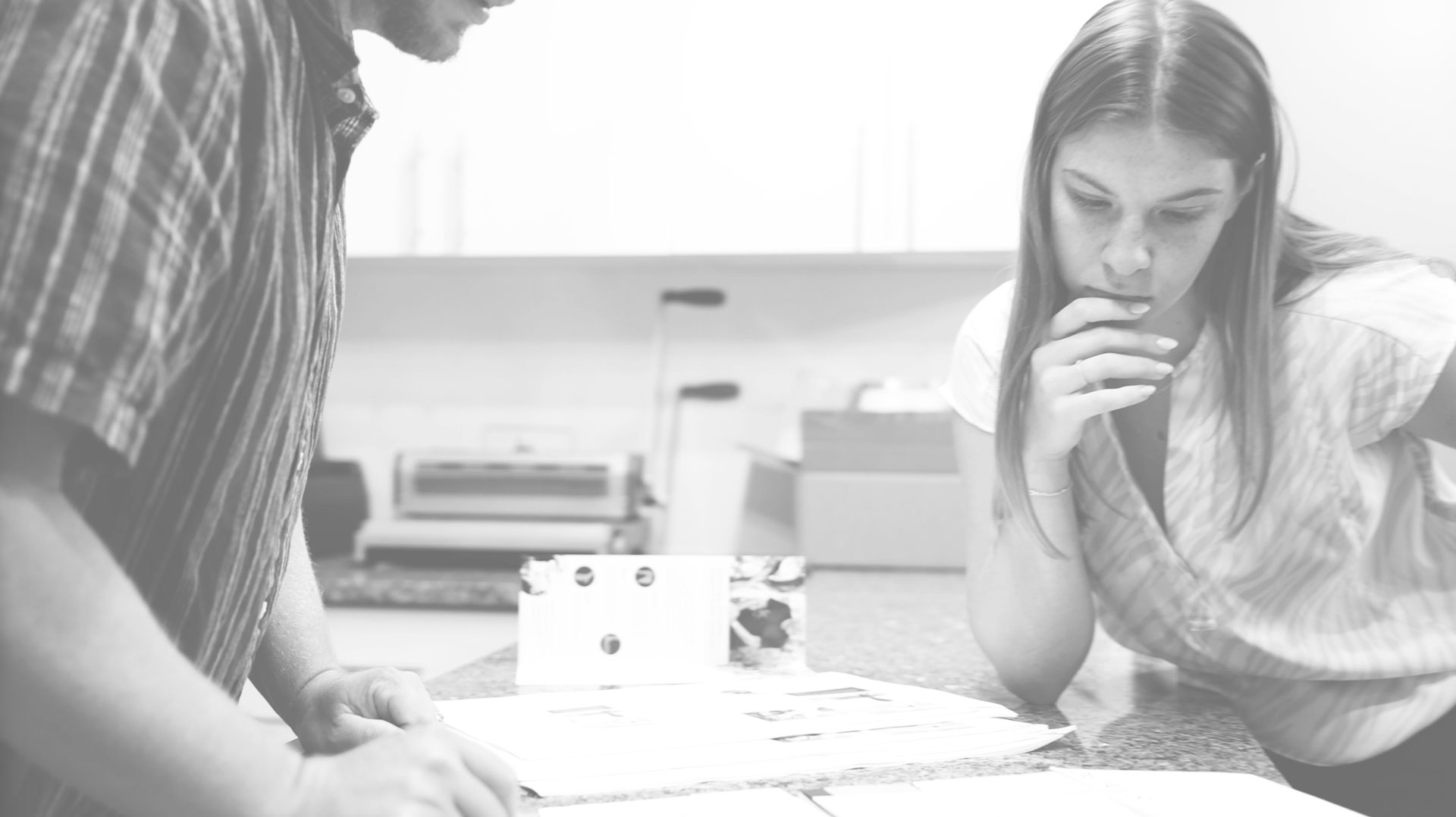
Getting creative with artificial intelligence (AI)
Though artificial intelligence (AI) is rapidly evolving, the jury is still out on whether it will ever match human creativity. Some think AI will take over more and more jobs as it progresses. You know, the same way it’s replaced humans who provided customer service by phone. Over the last few years, AI has evolved to perform somewhat complex creative tasks—more specifically, writing articles and creating art. As a creative professional myself, I will be the first to point out AI’s ability to be original or creative has serious limitations.
How AI “generates” words and images
Harvard Business Review explained recently in an article on how AI is changing creative work, “a human must enter a prompt into a generative model in order for it to create content.” Generative AI can produce text and images, blog posts, program code, poetry and artwork. Its complex machine learning models predict the next word in a sentence based on previous sequences of words or the next image based on words describing previous images.
To use generative AI effectively, human involvement is required at both the beginning and the end of the process. Once the AI produces content based on prompts entered, a human must evaluate and edit it carefully. Generated text might come from separate prompts and then be combined into a single document. Images may require significant manipulation by a human using graphic design software.
How are content creators using AI?

According to Wired.com, most AI images do not replace an image created by a human artist. They are generally created when no previous images can be found. For instance, graphic designers and art directors may need a photo or illustration to communicate a concept but can find none in any image banks. Yes, they could choose to create one from scratch—requiring lots of time and expense—or they could have a generative AI tool whip something up based on descriptive prompts they provide. Then adjust it to suit what they envisioned.
These models might also be helpful to someone without artistic or design talent with at least a basic visual for a specific project.
Wired.com goes on to say, “Just as mechanical photography did not kill human illustrations a century ago, but rather significantly expanded the places in which images appeared, so too do AI image generators open up possibilities for more art, not less.”
This is music to our ears and we couldn’t agree more.

Are AI robots taking over?
Nope. In fact, AI has become so visible to not only creative professionals but to school districts and so many other organizations in between who see the potential for misuse—and the need for proofing and fact-checking the content generation. Students who try to use generative AI to write a term paper are having their prompts refused. Those using generative AI to infringe on an artist’s intellectual property or “data scrape” from an image bank may find themselves at the sharp end of a lawsuit. Earlier this month, Getty announced it was suing Stability AI, makers of the AI art tool Stable Diffusion, over alleged copyright violations.
For now, we see AI as helpful with generating ideas for FPO images in minimal time. Or composing draft copy we need as filler on a project at the conceptual stage. You can bet we will be watching AI just as we do all other technologies related to the creative process.



